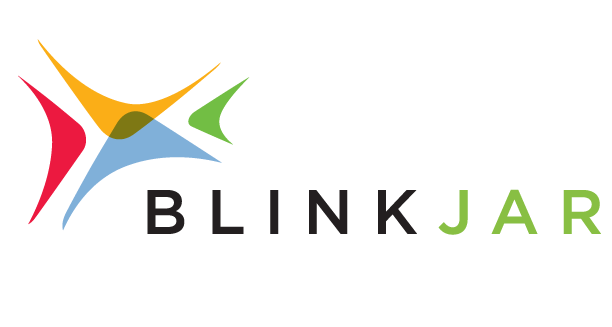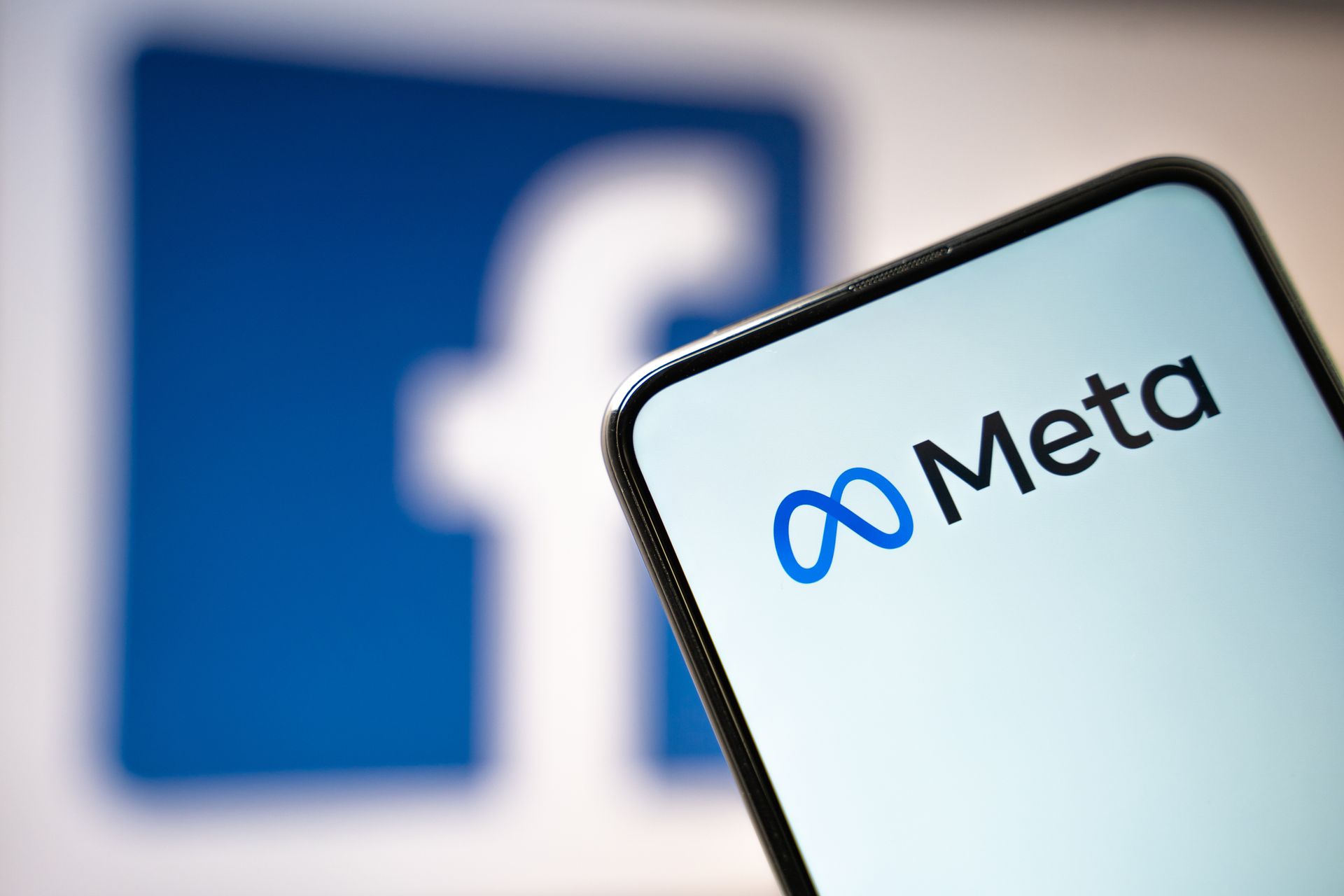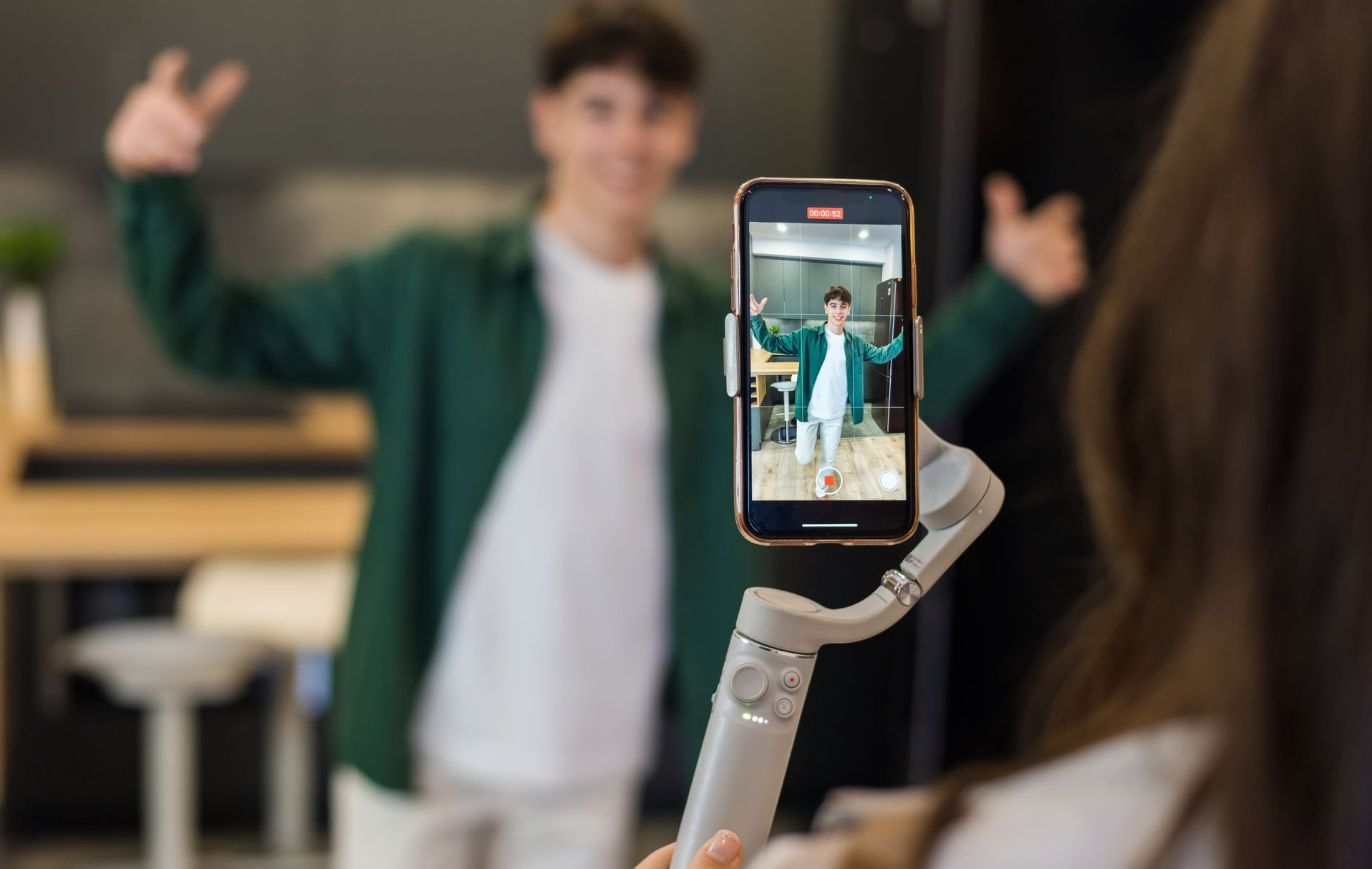The Epidemic of Banner Blindness
I remember a time, as a child, when I first had a computer at my disposal in the house. I was 7 or 8 years old, and doing history homework that involved finding information online. While using a very early — painfully early — version of Internet Explorer, I landed upon a site with a glowing, flashing, obnoxiously yellow banner that proclaimed that I'd won one million dollars. I was absolutely floored; I hadn't even had to do anything for it! I immediately clicked on the banner, and while waiting minutes for it to load on the ancient home dial-up connection, I ran out of the room euphorically to tell my parents that we were rich. My Dad laughed and gently let me down by informing me that these were scams, and probably for my own good, he went one step further and told me that clicking on these things that sounded too good to be true was a great way for computers to get viruses.
Maybe it was the crushing disappointment of having gone from being a millionaire to a kid with a modest allowance in the space of 30 seconds, but that lesson stuck with me. I internalized it, and it took me many years to realize that I was subconsciously perceiving all peripheral and sidebar images as annoying threats. I knew in the back of my head that they were just dangerous and to be avoided at all costs. It didn't take long for me to stop noticing them completely.
Even when I became older, it was a while before I understood what "targeted ads" really were. I wasn't just not reading them, I had developed such a habit of ignoring them that I no longer even realized they were there.
This is of course a personal anecdote, and I doubt most people grew up confusing web ads for viruses. And web ads have certainly become a little more sophisticated over the years. However, "right rail blindness" or "banner blindness" is absolutely a widespread issue. Adpushup defines banner blindness as "a phenomenon whereby website users consciously or unconsciously ignore or skip banner advertisements or information present in a banner like fashion." And this isn't just a collection of users reporting their feelings on web ads, there's data to back it up. A comScore report found that in 2012, the average internet user was exposed to 1,707 banner ads per month, yet the clickthrough rate was a paltry 0.11%.
Choose useful content and growth-driven design.
So how do you get around this? Well, the problem of ad blindness gets worse, as this phenomenon may even be hurting your original content that could potentially be mistaken for a banner ad. The Nielsen Norman Group notes that " People disregard colorful boxes in the margin of the page because such graphical treatments are commonly applied to ads. In fact, anything that’s overly large or colorful risks being ignored." Coupled with the knowledge that users will quickly leave your site if it isn't loading quickly, or optimized for their screen size, your work of retaining your users is cut out for you.
Choosing to craft useful, engaging content that entices your users — as opposed to conspicuously chasing them across the web — has long been one of the core foundations of Inbound Marketing. But when considering the trend of rejection towards even the appearance of a banner ad, having a growth-driven strategy for your site's design may be just as important when it comes to making it appear competent and informative. The presentation is just as crucial as the content itself.
Think of growth-driven design as a sort of performance review for your website. Using data about which of your pages are generating views, or which of your offers or calls-to-action a customer is choosing to interact with can give you incredibly valuable feedback about whether your strategy is working. This allows you to weed out those aspects of your web presentation that a user may find unimportant or distracting, while shifting your design to emphasize the ones that are working best for you. Often, less really is more.









